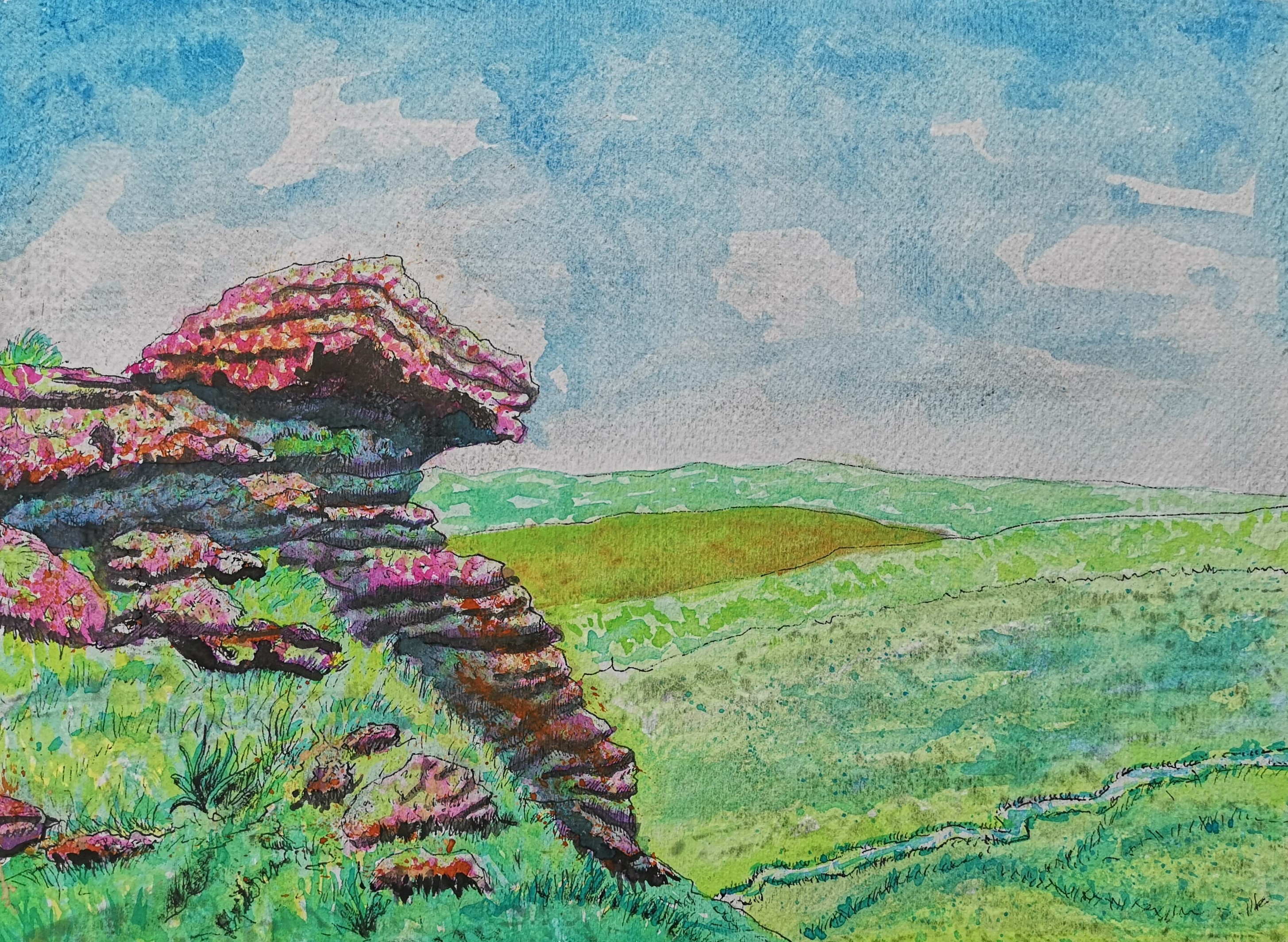Abstract
With its cold mist-shrouded “wasteland”, The Hound of the Baskervilles is one of my favorite novels. This piece, part of a series on the ficticious Victorian detective Sherlock Holmes, captivates any naturalist or nature lover with its scenic descriptions of the impressive moors of Dartmoor, in Devon, north of England. Thus, when naturalist Jack Stapleton —an important character in the story— suggested that a mysterious howl is the song of the Little Bittern (Ixobrychus minutus), I felt the need to know more about this bird and other striking moor organisms. Here I present a look at the flora and fauna of the Dartmoor Moor, where writer Arthur Conan Doyle located this literary classic.
References
Dartmoor National Park 2022. Wildlife. https://www.dartmoor.gov.uk/wildlife-and-heritage/wildlife
"Sherlock Holmes in 221 Objects." https://www.nytimes.com/2022/01/07/arts/design/sherlock-holmes-exhibition-grolier.html
##plugins.facebook.comentarios##

This work is licensed under a Creative Commons Attribution 4.0 International License.


